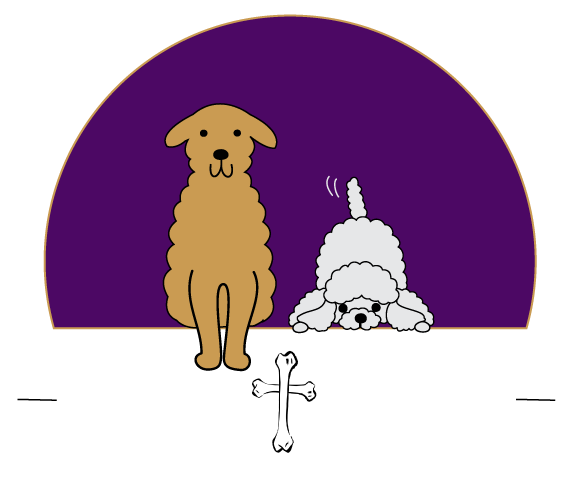Vaccine Ingredients and Their Side-Effects
- Aluminum hydroxide adjuvant: Increases the reactivity of the immune system to the vaccines ingredients by 10-20 times; insures a much stronger, and at times, more dangerous reaction to the vaccine (it is added for this purpose); aluminum, because it is a neurotoxin, increases the toxicity of thimerosal when added to vaccines that contain it; causes massive brain-cell death in laboratory mice; aluminum is also linked to memory weakening and memory loss in humans as well as concentration problems.
- Thimerosal mercury derivative: Used as a preservative. Thimerosal releases ethylmercury, which is insoluble in water and penetrates the skin and all organs of the body with great ease. In 1977 a report was published that linked thimerosal to the death of 10 infants. Thimerosal suppresses the immune system, decreases the body’s ability to make B12, suppresses the proper modification of RNA and DNA, causes intestinal dysbiosis (intestinal flora begins to damage the intestines rather than protecting it), and cause abnormal myelination of the nervous system and corresponding neurological damage (i.e., tics, twitching, seizures).
- Antibiotics: Used to weaken the bacteria or pathogen it accompanies. Antibiotics cause a modification of bacteria and viruses when used in the vaccine, thereby making them resistant to the immune system; antibiotics introduce yeast, fungi, molds and mildew into the body of the recipient thereby encouraging the growth of bad bacteria and yeasts in the body; and they are linked to developmental disorders, learning disabilities, and immune system failures.
- Formaldehyde: Used as a germicide, fungicide, defoamer, and preservative. A highly reactive chemical that is damaging to the hereditary substances in the cells of several species; causes lung cancer in rats, “as well as other biological consequences”; damages the DNA and inhibits DNA repair; suspected of reacting with other chemical additives to produce mutagenic (mutations) and carcinogenic (cancer causing) effects.
- Polysorbate 80. An emulsifier, stabilizer and humectant, associated with the contaminant 1,4 dioxane that causes cancer in animals; contains harmful residues of ethylene oxide, ethylene glycols (see below), and can increase the absorption of fat-dissolving substances and can cause abnormalities of digestion.
- Ethylene oxide. A fumigant, derived from the oxidation of ethylene. Irritant to the eyes and skin, suspected as being a carcinogen. Used in pesticide products building materials and contributor of indoor air pollution. According to OSHA, it possesses several physical and health hazards. May contribute to respiratory problems, headache, nausea, vomiting or diarrhea. Chronic exposure is associated with cancer, reproductive imbalances, mutagenic changes, and neurotoxicity.
- Ethylene glycol. Typically used as an antifreeze, humectant, and solvent. Toxic when ingested, causing central nervous system depression, vomiting, drowsiness, coma, respiratory failure, kidney damage and possibly death.
- Sodium phosphate dibasic. Buffer and effervescent used in the manufacture of nail enamels and detergents.
- Monosodium glutamate: Causes brain damage in young rodents and brain damage effects in rats, rabbits, chicks, and monkeys. Depression, irritability and mood changes have also been reported. MSG is on the FDA list for further study for its mutagenic (an agent or factor that causes mutation of cells), teratogenic (causes malformation of an embryo) and reproductive effects. MSG administered to animals during neonatal period resulted in reproductive dysfunction when they became adults.
- Human and/or animal tissue cells: Often these tissues cells are “diseased”, meaning they are infected. They are used to grow some of the bacteria for vaccines. Any tissue cells in a vaccine can cause auto-antibody production to the recipients own body. Its called an auto-immune disease. It is impossible for the body to begin attacking its own tissues unless it is tricked into doing so through vaccines, or other injection of tissue cells. See “Autoimmune Disorders” below for more information.
Sources:
- Vaccine Safety Manual, Neil Miller, New Atlantean Press
- Vaccine Epidemic, Louise Kuo Kabakus, M.A., Mary Holland, J.D.
- A Consumers Dictionary of Food Additives, Ruth Winter, M.S.
- Nutrition and Dietary Consultant, 1990, By Jeffery S. Bland, Ph.D.
- Rethinking AIDS, by Robert Root-Bernstein, PhD.
- Developmental Delay Registry, Patricia Lemer, Townsend Letter for Doctors & Patients, Oct 1995
-
Albert Hueber, Lets Live Magazine, June 1995
-
The Plague Makers, by Jeffrey Fisher, MD.
- The Best Medicine, Kurt Butler, M.S., Lynn Rayner, M.D.
- Food is Your Best Medicine, Henry Bieler M.D.
- Newsweek, “The End of Antibiotics” Dr. Thomas Beam of the Buffalo, N.Y., VA Medical Center, March 1994


